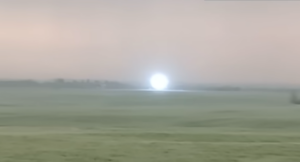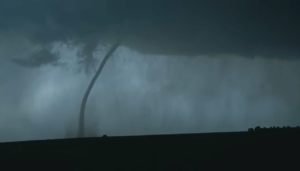Despite faking a 1926 flight to the North Pole, Richard E. Byrd remains a well-respected name in polar exploration. Perhaps it is because his work in the Antarctic carries no such asterisks. From the 1920s to the 1950s, he mapped hundreds of kilometres of Antarctica and discovered new islands and volcanoes. During his best-known adventure, when he overwintered in the Antarctic in 1934, carbon monoxide poisoning from a leaky stove almost killed him.
This second Antarctic expedition, from 1933 to 1935, revisited his former base, named Little America, which had been abandoned in 1930. Byrd’s journey started in Boston. Here, he boarded an icebreaker and set sail for the Pacific Ocean, traveling via the Panama Canal, then briefly stopped in New Zealand. After New Zealand, they set about exploring the uncharted interior of Antarctica.

A map of Byrd’s second Antarctic expedition. Photo: United States Library of Congress
Byrd and his crew encountered rough seas and discovered gigantic islands of ice floating in a black, unpredictable sea. The crew soon found themselves in a dangerous situation. Tide-controlled ice closed in around their ship, leading to leaks and much anxiety.
However, Byrd pressed on. He found his old base buried in snow and ice, but still stocked with plenty of frozen whale meat. They quickly set up a new “Advanced Base” 11km south of Little America. To do so, they carried 400 tons of equipment and building materials through blizzards and high winds.
Byrd would spend the next five months alone in this new outpost, while the icebreaker and its crew headed back to civilization. Later, his stay went dangerously awry when he was exposed to high levels of carbon monoxide from a defective stove. Sketchy radio transmissions prompted a rescue team to check on him. They found Byrd in declining health but alive.






